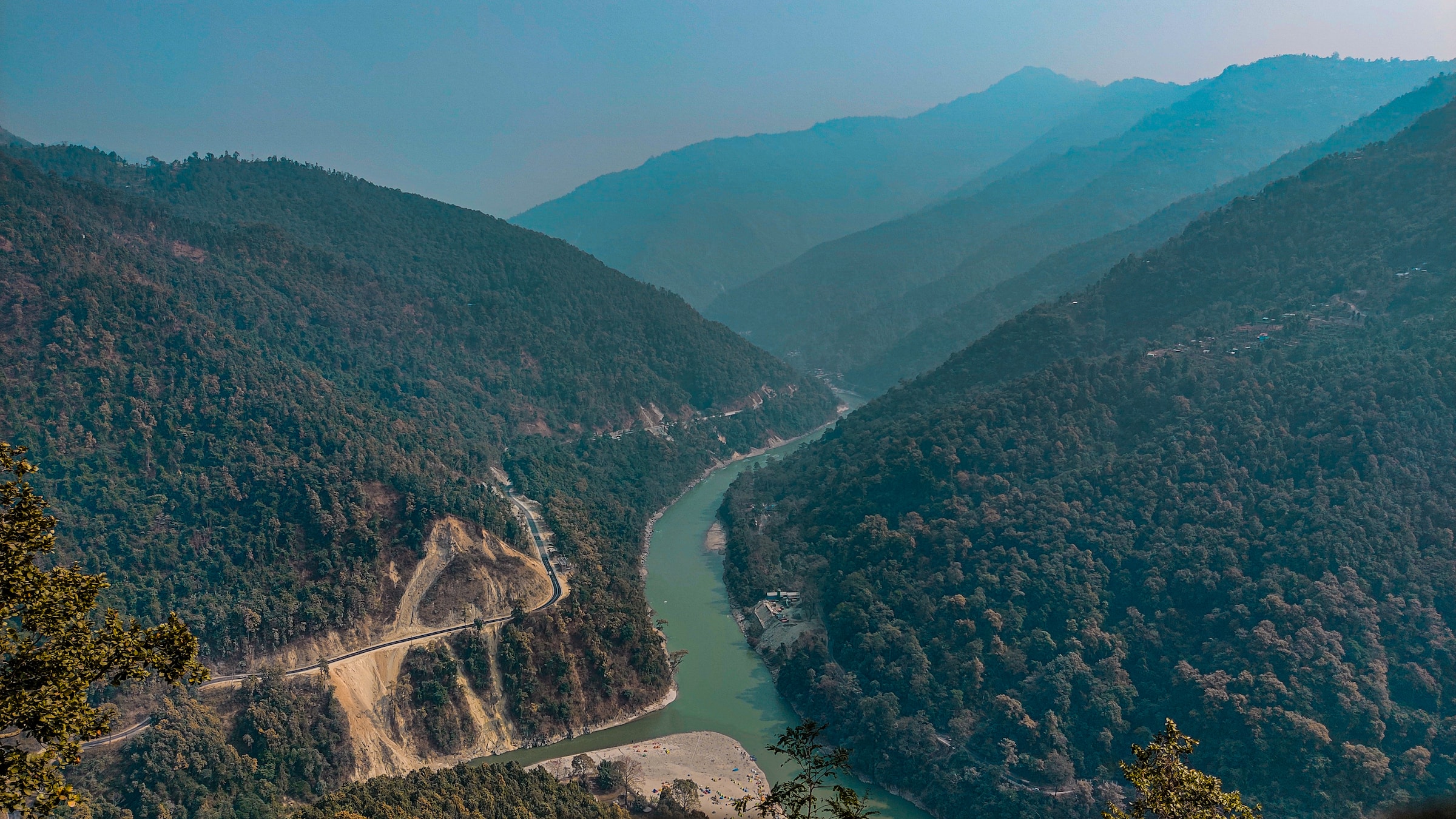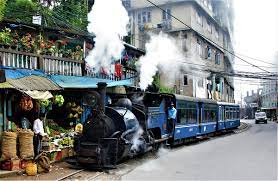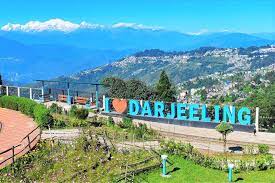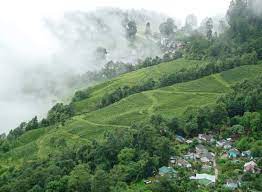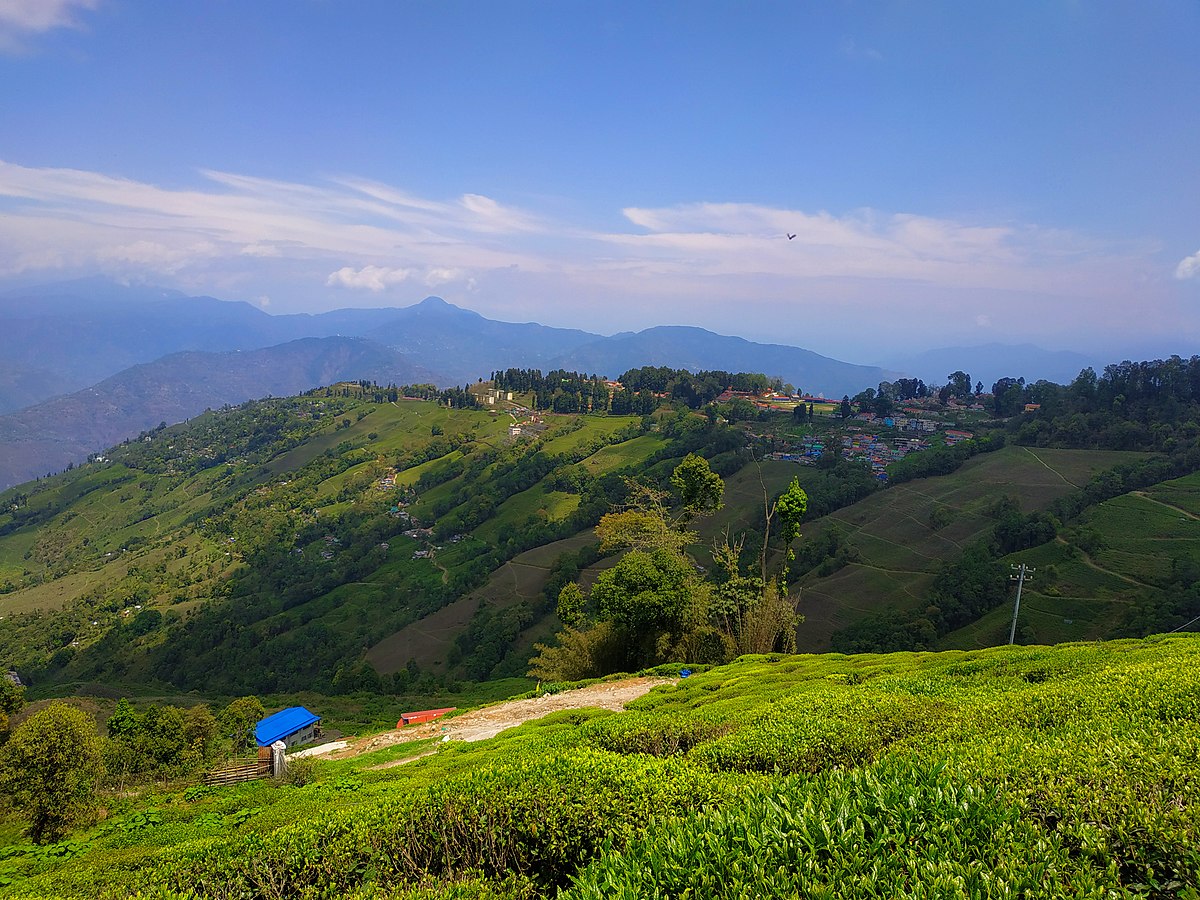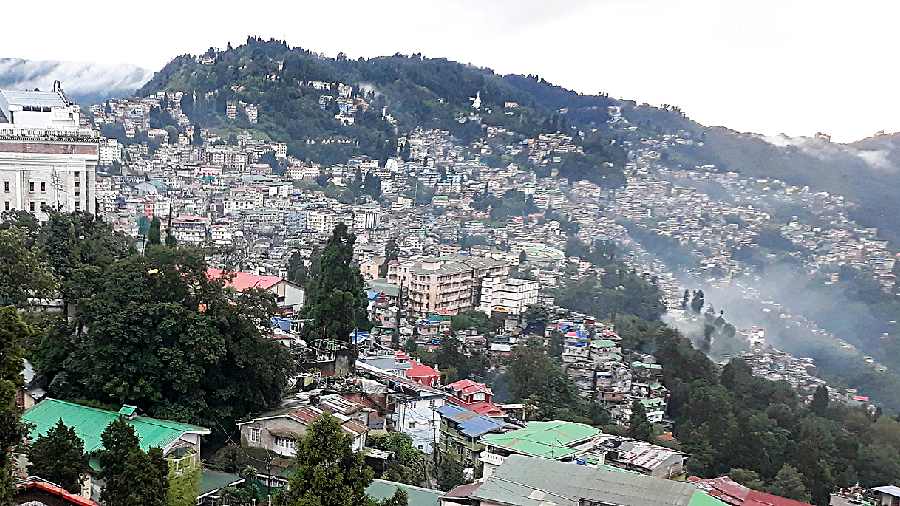Darjeeling is a scenic hill station located in the Indian state of West Bengal. Situated in the Lesser Himalayas, it is known for its breathtaking views of snow-capped mountains, lush tea gardens, and pleasant weather. Here's some information about Darjeeling:
-
Geographical Location: Darjeeling is nestled in the Mahabharat Range or Lesser Himalayas, at an elevation of about 2,050 meters (6,710 feet). It is located in the northeastern part of India, close to the border with Nepal and Bhutan. The town is surrounded by picturesque mountains, including the world-famous Mount Kanchenjunga, the third highest peak in the world.
-
Tea Gardens: Darjeeling is renowned for its sprawling tea gardens that produce high-quality tea known as "Darjeeling tea." The region's tea estates, with their neatly pruned bushes and terraced slopes, create a scenic landscape that attracts visitors from around the globe. Many tea gardens offer tours and tea-tasting experiences for enthusiasts.
-
UNESCO World Heritage Site: The Darjeeling Himalayan Railway, also known as the "Toy Train," is a UNESCO World Heritage Site. This narrow-gauge railway was built in the 19th century and is famous for its vintage steam locomotives. The toy train journey from Darjeeling to Ghum, the highest railway station in India, offers a memorable experience.
-
Stunning Views: Darjeeling offers breathtaking views of the Himalayan mountain range, including the majestic Mount Kanchenjunga. The sunrise view from Tiger Hill is particularly famous, as visitors can witness the sunrise painting the snow-capped peaks in hues of pink and gold. The Batasia Loop, a spiral railway track, also provides panoramic views of the surrounding mountains.
-
Tibetan Influence: Darjeeling has a significant Tibetan population, and their influence is visible in the town. The Ghoom Monastery, one of the oldest Tibetan Buddhist monasteries in Darjeeling, is a popular attraction. Visitors can witness Buddhist rituals, prayer wheels, and colorful prayer flags fluttering in the breeze.
-
Adventure Activities: Darjeeling offers a range of adventure activities for thrill-seekers. Trekking and hiking trails lead to scenic viewpoints, forests, and quaint villages. Adventure enthusiasts can also indulge in activities like paragliding, river rafting, and rock climbing.
-
Colonial Architecture: The town of Darjeeling showcases colonial-era architecture with its charming cottages, British-style bungalows, and historical buildings. The Raj Bhavan, the former summer residence of the British Governor, and the Planters' Club are some notable examples of colonial architecture.
-
Local Cuisine: Darjeeling has its own culinary delights that reflect the local culture and influences from Nepal, Tibet, and Bengal. Visitors can savor momos (steamed dumplings), thukpa (noodle soup), traditional Tibetan butter tea, and locally grown organic Darjeeling tea.
-
Cultural Diversity: Darjeeling is a melting pot of different cultures and ethnicities. In addition to the indigenous Gorkha community, there are communities of Nepalese, Tibetans, Bengalis, and other ethnic groups. This diversity is reflected in the local festivals, cultural events, and traditional music and dance performances.
-
Eco-tourism and Nature Conservation: Darjeeling emphasizes eco-tourism and conservation efforts to protect its pristine environment. The town promotes sustainable practices, nature walks, and visits to eco-friendly destinations like the Darjeeling Himalayan Zoological Park, which is known for its successful conservation of the endangered Himalayan species, including the snow leopard and red panda.
Darjeeling, with its stunning mountain vistas, tea gardens, cultural
